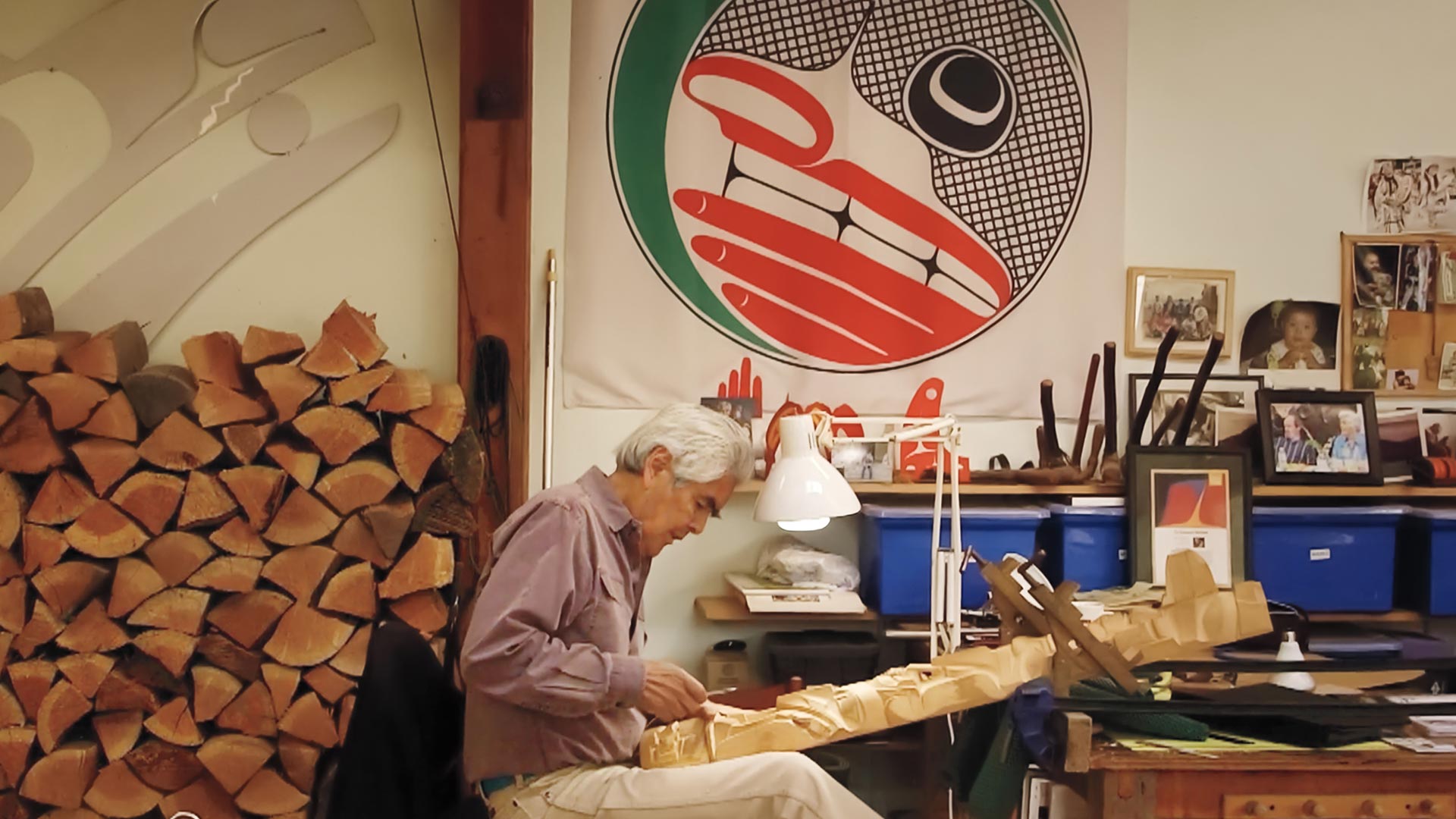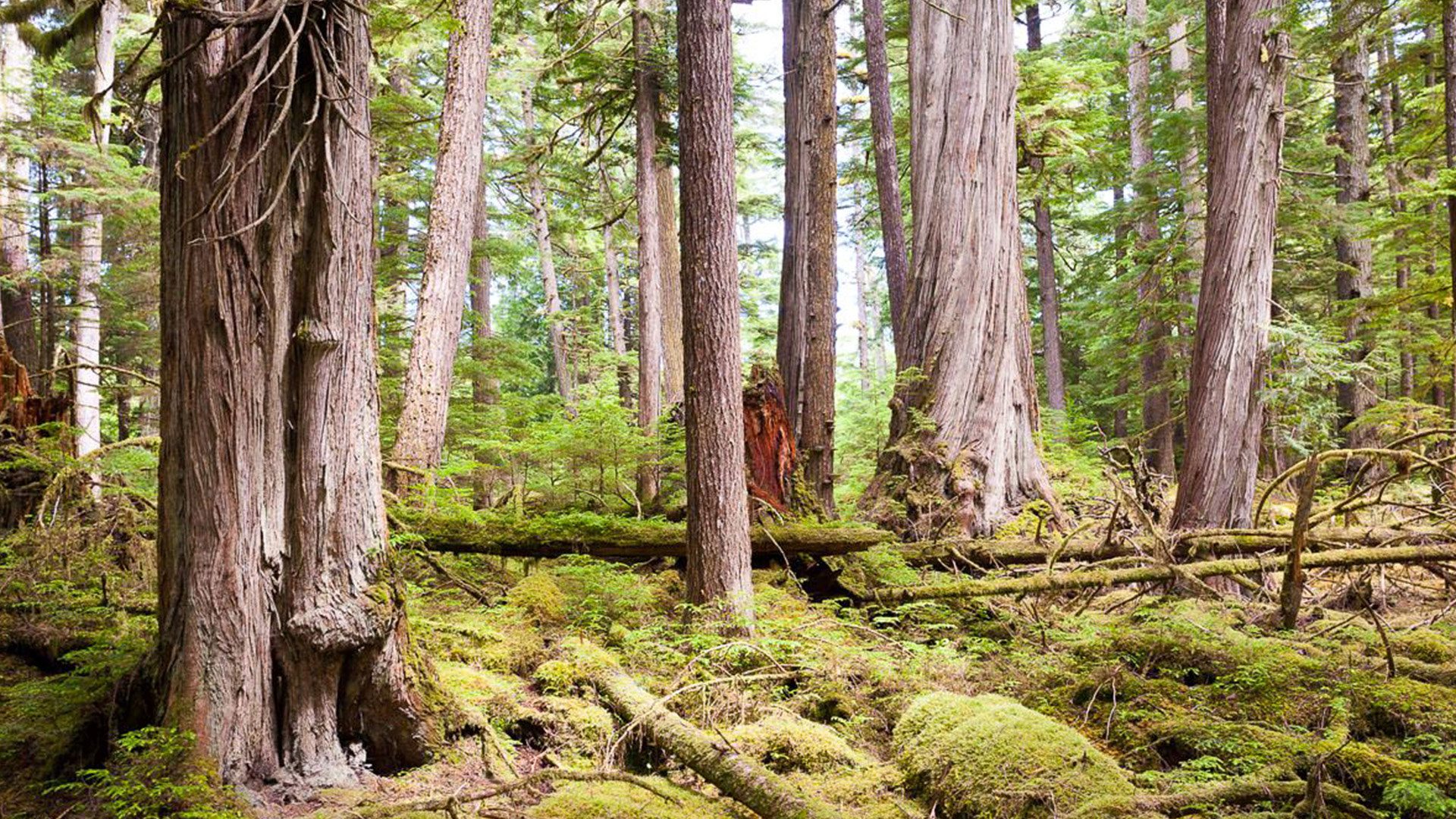The Haida Nation and province of British Columbia have reached a logging agreement on the island that will protect old growth cedars used for ceremonies.
Last October, logging protests on Haida Gwaii centered around concerns over the clear cutting of cedar trees – particularly ones deemed important for cultural use.
In an agreement signed on April 23, the Haida Gwaii Management Council (HGMC) has decided to reduce the allowable cut on the island’s timber harvesting.
The HGMC formed in 2011 from Kunsta’aa Guu – Kunst’aayah Reconciliation Protocol. It is a joint decision making body with representatives from the Province of BC and Haida Nation.
“Haida Gwaii has a unique forestry history,” says Percy Crosby from the HGMC. “From traditional forestry activities that the Haida’s have engaged for millennia to the commercial forestry industry that makes up a large part of the island’s economy, but in the recent years it hasn’t been that great because of the downturn.”

The allowable annual cut is 804,000 cubic metres down from 929,000 in 2012 when the last determination was made.
The fight to protect cedar was boosted by an affidavit filed with the B.C. Supreme Court by Robert Davidson.
The acclaimed Haida carver is responsible for carving the first totem pole on the island in 100 years.
“I didn’t realize how important that was to our culture because I was not exposed to our history,” said Davidson. “And that’s sparked a renewal for me to want to learn our history.”

Davidson’s passion for his culture has sparked it in others.
Cedar is used for totem poles, canoes and longhouses while the bark is used for weaving.
Haida carvers and artists have emerged in recent years and logging has continued.
Conflict emerged when there was a downturn in the logging industry and cedar became more profitable than other wood.
Davidson wonders how many old growth trees will be left when cedars take hundreds of years to grow.
“We have to be more careful on how we create a sustainable industry,” he said. “We can’t stop logging, it’s part of our life. I live in a wooden house, and I use wood, so we need to walk the fine line together.”

The HGMC is attempting to strike this balance. These trees used for cultural purposes are identified as “monumental cedars” are protected.
Crosby said technology has improved and they have taken extra steps to protect cedar and forest ecosystems.
“Those guys (previous negotiators of the annual allowable cut) didn’t have this information,” said Crosby. “What I am talking about is the mapping and the vegetation resource inventory… now it’s better than it was before.”










